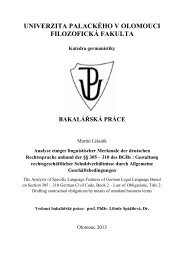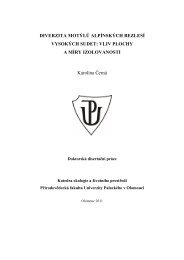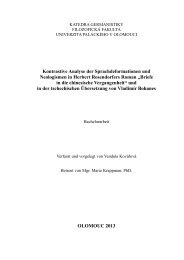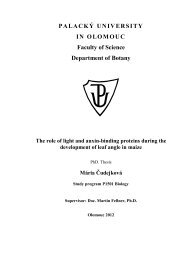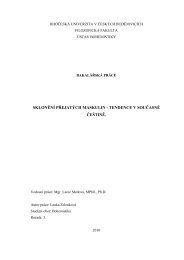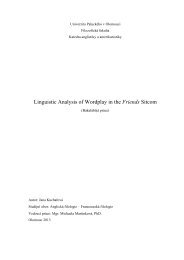You also want an ePaper? Increase the reach of your titles
YUMPU automatically turns print PDFs into web optimized ePapers that Google loves.
Solo emerge più chiaramente ciò che egli è sin dall’inizio» 7 . Gli altri<br />
personaggi dunque con le loro azioni aiutano a rivelare ciò che Gesù è e<br />
nello stesso tempo determinano se stessi di fronte a lui 8 . Dire che la<br />
maggioranza dei personaggi sono «piatti» non vuol dire che sono come<br />
senza corpo e sangue. Sono delle persone vive, con il proprio destino<br />
personale che loro stessi determinano proprio di fronte a Gesù, decidendosi<br />
per o contro di lui e, in coseguenza di ciò, decidendosi in modo assoluto per<br />
o contro Dio. Questi personaggi hanno un prorpio sviluppo nella trama del<br />
vangelo: la fede dei discepoli non è subito matura, deve crescere, come<br />
cresce e si accanisce sempre di più l’opposizione degli avversari giudei.<br />
Comunque tutti questi personaggi sono tipizzati. Secondo R. F. Collins vi è<br />
in Gv solo un personaggio veramente «reale», «a tutto tondo»: Simon<br />
Pietro 9 .<br />
Dopo aver individuato i personaggi, l’analisi narrativa segue le loro<br />
azioni e interazioni, l’impatto delle azioni di uno sugli altri, le<br />
trasformazioni che i diversi personaggi subiscono ecc.<br />
L’analisi narrativa è un metodo che si addice ai testi narrativi, cioè ai<br />
racconti. Per questo motivo può sembrare una cosa azzardata se in questo<br />
lavoro i brani scelti vengono sottoposti a tale analisi, visto che nei primi due<br />
il discorso diretto prevale sull’azione e gli ultimi due contengono solamente<br />
il discorso diretto. Del resto questa prevalenza del discorso diretto è tipica<br />
per il Quarto Vangelo: di tutto il suo materiale ben 60% occupano le grandi<br />
scene dialogiche, altri 20% contengono dialoghi più brevi o monologhi,<br />
mentre solo rimanenti 20% sono riservati alla narrazione stessa. Per questo<br />
fatto Ludger Schenke vuole ritenere il Quarto Vangelo per un dramma<br />
piuttosto che per un racconto 10 . Nonostante ciò – o forse meglio perciò è<br />
7 R.A. CULPEPPER, Anatomy of the Fourth Gospel, 103: «In John, the character of<br />
Jesus is static; it does not change. He only emerges more clearly as what he is from the<br />
beginning».<br />
8 R.A. CULPEPPER, Anatomy of the Fourth Gospel, 104: «They are in effect the prism<br />
which breaks up the pure light of Jesus’ remote epiphany into colors the reader can see.<br />
In John’s narrative world the individuality of all characters except Jesus is determined<br />
by their encounter with Jesus. The characters represent a continuum of responses to<br />
Jesus which exemplify misunderstandings the reader may share and responses one might<br />
make to the depiction of Jesus in the gospel. The characters are, therefore, particular<br />
sorts of choosers. Given the pervasive dualism of the Fourth Gospel, the choice is<br />
either/or. All situations are reduced to two clear-cut alternatives, and all the characters<br />
eventually make their choice».<br />
9 Cf. R.F. COLLINS, «From John to the Beloved Disciple», Interp 49 (1995) 359-366.<br />
10 L. SCHENKE, Johannes. Kommentar, Düsseldorf 1998, 398: «Das JohEv kann nicht<br />
Erzählung genannt werden. Dann bleibt nut übrig, es als Drama zu bezeichnen. Es ist<br />
23



